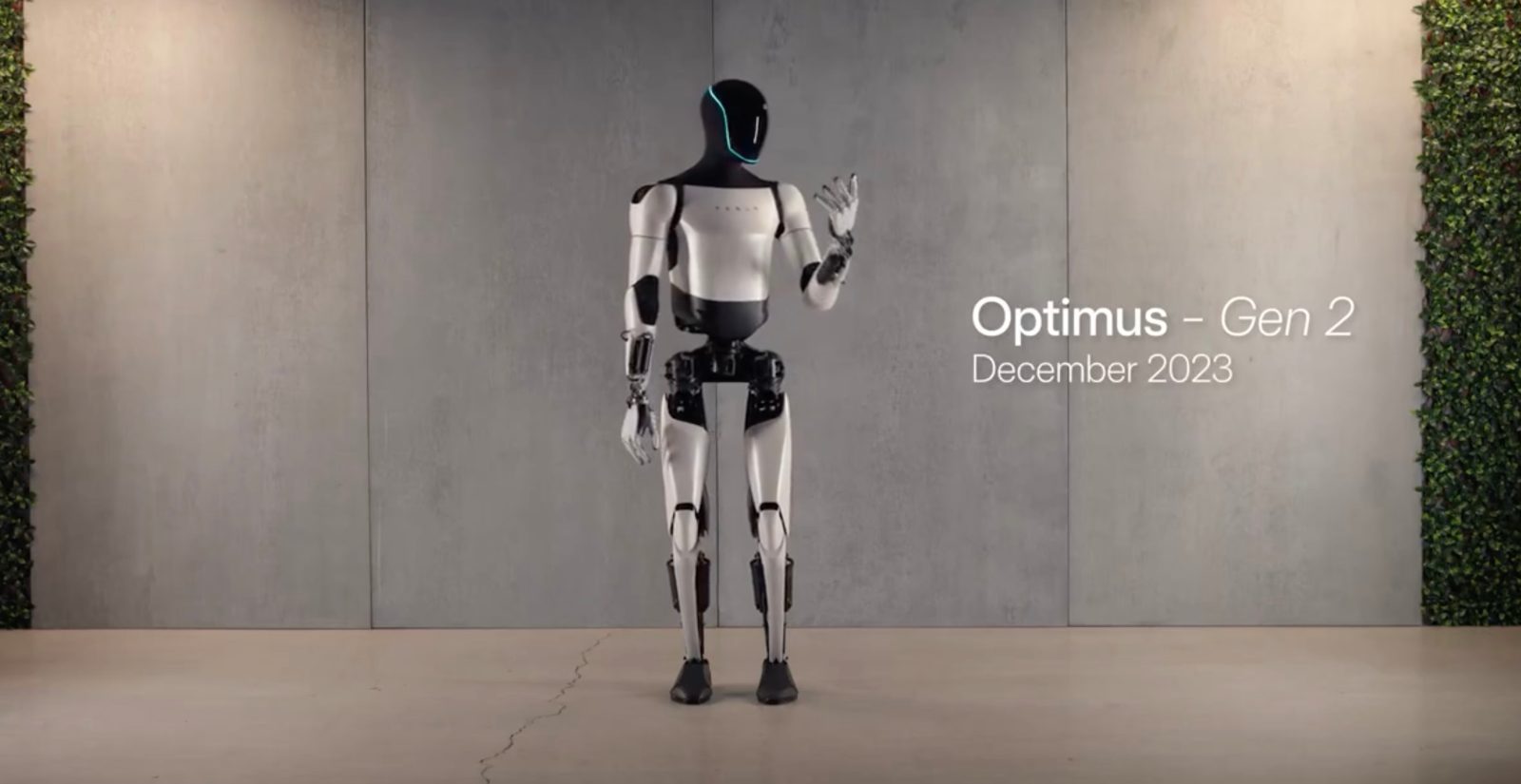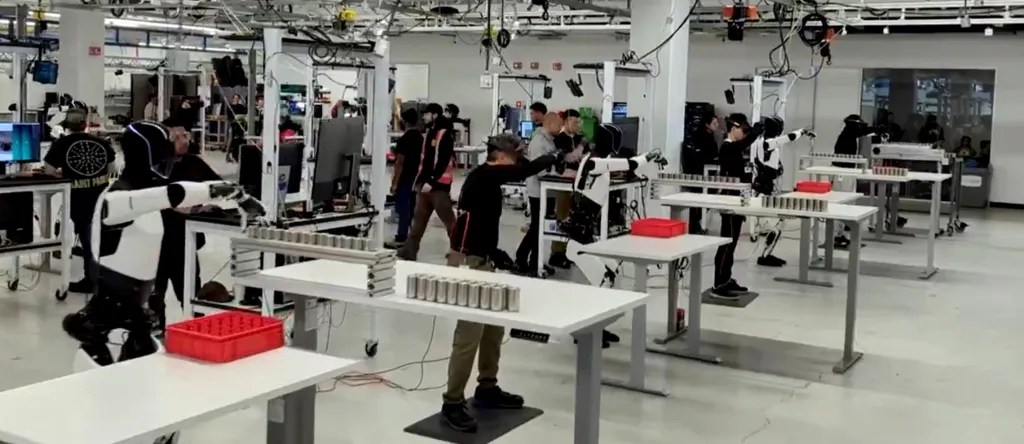Tesla's Game-Changer: Meet the Optimus Bots Revolutionizing Factories

In a groundbreaking revelation, Tesla has announced that two Optimus humanoid robots are now working autonomously in their gigafactory. This marks a monumental leap for both Tesla and the robotics industry, as it's the first known instance of autonomous humanoid robots performing tasks in a commercial setting.

While Tesla has been dishing out copious updates on its latest technologies, the focus recently shifted to a rather remarkable feat: autonomous robotics. Against the backdrop of a contentious compensation package battle for Elon Musk, Tesla tweeted a glowing summary of its recent achievements under Musk's leadership. Among the high points, one line stood out prominently: 'Deployed two Optimus bots performing tasks in the factory autonomously'.
For those who have been following Tesla's robotics journey, this comes as a pleasant surprise. Last we heard, the Optimus robots were still being tested in a controlled lab environment, primarily relying on human inputs through virtual reality and remote control. Tesla had set a goal to have these robots operating autonomously by the end of the year, and it seems they've beaten their own deadline.
The Autonomous Leap
The introduction of the Optimus humanoid robots to a live production environment marks a critical milestone. These robots are not just running pre-programmed routines; they're making autonomous decisions to complete their tasks, a feat that underscores Tesla's advancements in AI and robotics. Optimus robots share the same core software architecture as Tesla's self-driving cars, allowing them to learn and adapt to their environment in real-time.
So, what exactly are these robots doing? While the fine details remain sparse, it's understood that they handle repetitive and potentially hazardous tasks in the factory, tasks that are often time-consuming or unsafe for human workers. The autonomous nature of Optimus also frees up employees to focus on more complex, creative, and fulfilling aspects of manufacturing.
Under the Hood
Optimus is built with Tesla's robust AI software and neural networks, enabling the robots to recognize objects, maneuver around obstacles, and perform tasks with a high degree of precision. Equipped with state-of-the-art sensors and actuators, these robots are designed to work seamlessly alongside human workers, ensuring safety and efficiency.

Before making it to the factory floor, the Optimus robots underwent rigorous training through virtual reality. Engineers simulated factory environments in VR to teach the robots how to execute various tasks, essentially preparing them for real-world applications. This hybrid approach of virtual and physical training proves unmatched, setting a new benchmark in manufacturing automation.
The Implications
This leap towards autonomous factory robots has wide-ranging implications for the manufacturing sector. By automating repetitive tasks, companies can drastically cut down on production times and operational costs. Additionally, robots can work tirelessly without breaks, thus ramping up productivity to unprecedented levels. Moreover, in environments where worker safety is a concern, autonomous robots can significantly reduce the risk of accidents.
Tesla's unveiling of the autonomous Optimus robots also foreshadows a future commercial release. Elon Musk recently hinted that the robots might go on sale as early as next year, with an anticipated price tag of around $25,000—making it an affordable option for small and medium-sized enterprises looking to invest in automation.
What Lies Ahead
If Musk's vision holds true, Optimus may not just revolutionize manufacturing but could extend its capabilities to various other sectors, including healthcare, logistics, and domestic services. Imagine a fleet of Optimus robots providing round-the-clock care in hospitals or autonomously sorting packages in large warehouses. The possibilities are expansive and deeply transformational.
For now, the spotlight remains on Tesla's factory where these pioneering Optimus robots are silently but effectively executing tasks. As Tesla continues to double down on innovation, one thing remains certain: the future is robotically enhanced, and the Optimus is spearheading this brave new world.